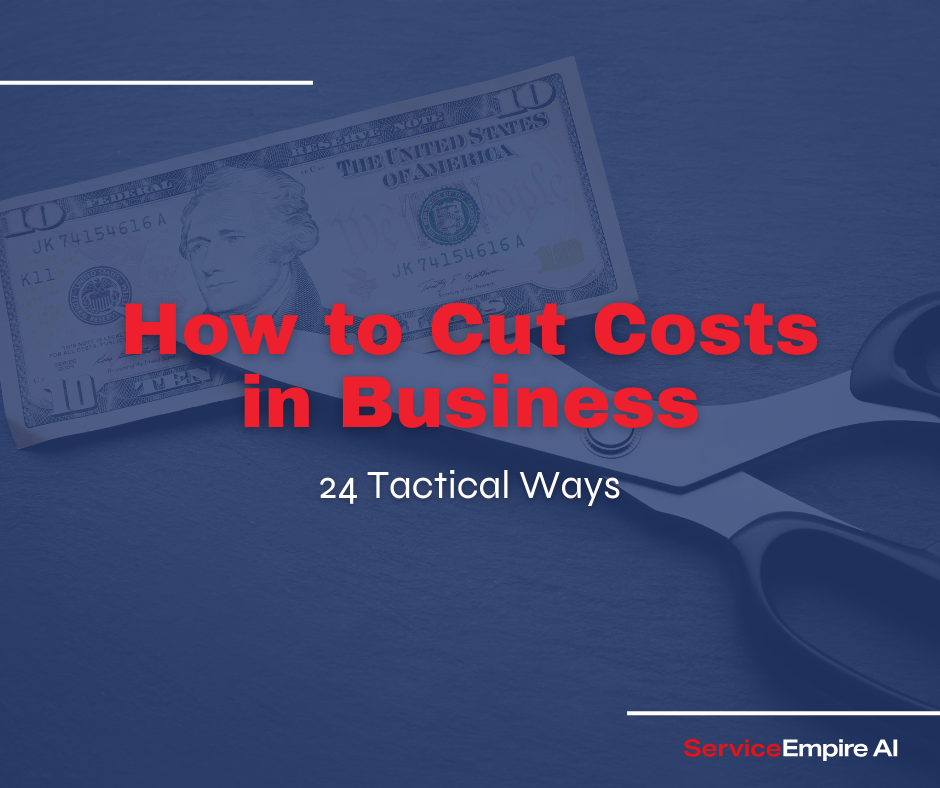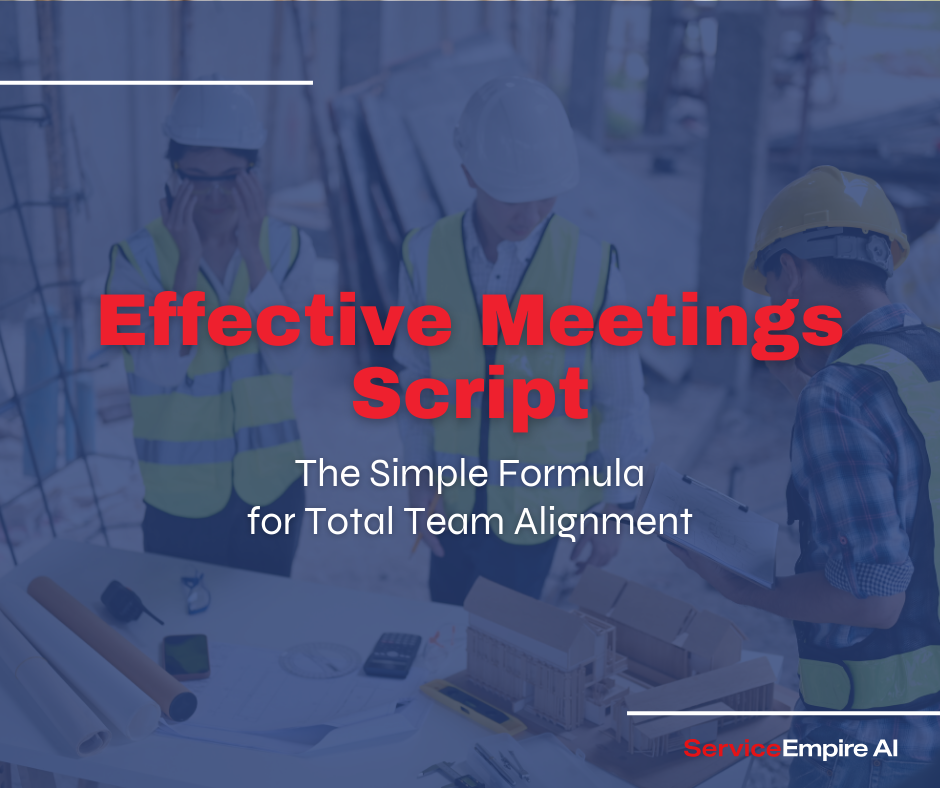.png)
Companies that use data to make decisions do better—showing 5% higher productivity and 6% more profit according to Thomson Reuters. But most businesses don’t use all their data because standard reports often miss the mark. Custom reports help solve this problem by turning raw data into clear insights that fit your specific needs.
Unlike basic reports, custom reports let you choose the exact numbers, charts, and comparisons that matter most to your goals. With good custom reports, you can make faster decisions, spot trends, and explain results clearly to your team.
This guide covers everything you need to know about custom reports—from the basics to advanced tips—so you can use your data in smarter, more effective ways.
What Are Custom Reports?
Custom reports are tailored data presentations designed to address specific business questions, workflows, or decision-making processes. They cover data that standard reports cannot adequately support.
Definition and Purpose
At their core, custom reports are data visualizations and analyses specifically built to:
- Present exactly the information needed (no more, no less)
- Structure data in ways that align with business processes
- Highlight specific relationships between data points
- Enable particular types of decisions or actions
- Serve the unique needs of specific users or departments
Custom vs. Standard Reports
The key differences between custom and standard reports include:
Types of Custom Reports
Custom reports span various categories based on their function and focus:
Analytical Reports: Identify patterns, relationships, and trends through statistical analysis and data mining
Operational Reports: Track day-to-day business activities and performance metrics
Strategic Reports: Support long-term planning and high-level decision making
Financial Reports: Present customized views of financial performance and metrics
Compliance Reports: Demonstrate adherence to regulations and standards with specific data requirements
Ad Hoc Reports: Created on-demand to address one-time or infrequent information needs
Business Benefits of Custom Reports
All of these custom reports give you multiple advantages over the competition. Here's how:
Decision-Making Improvements
Custom reports improve decision processes by:
- Reducing decision time
- Increasing decision quality by presenting relevant context alongside key metrics
- Enabling consistent decision frameworks across the organization
- Supporting both strategic and tactical decision-making with appropriate detail levels
More Efficient Operations
Organizations gain efficiency through:
- Elimination of manual data compilation (saving 5-15 hours per week for many analysts)
- Automated distribution of critical information to relevant stakeholders
- Reduction in "data hunting" across multiple systems
- Early identification of issues before they become major problems
Competitive Advantages
Custom reports create competitive edge through:
- Faster response to market changes and opportunities
- More accurate forecasting and planning
- Better understanding of customer behavior and preferences
- More efficient resource allocation based on actual performance data
ROI Impact
Organizations implementing custom reporting solutions typically see:
- Decrease in time spent creating and distributing reports
- Improvement in data accessibility
- Increase in data-influenced decisions
Key Elements of Effective Custom Reports
Successful custom reports share several critical attributes that maximize their value and usability.
Clear Objective Definition
Every effective custom report begins with a precise understanding of:
- The specific business question being answered
- The decisions that will be made using the report
- The intended audience and their information needs
- The actions that should result from the insights
Appropriate Data Selection
Strong reports include:
- Only relevant data points (avoiding information overload)
- Properly contextualized metrics with comparisons or benchmarks
- Appropriate time periods for meaningful analysis
- Data from all necessary sources to provide complete perspective
Effective Visualization
Visual elements should:
- Match the data type and relationship being displayed
- Instantly communicate key insights
- Use appropriate chart types for specific data relationships
- Implement consistent color schemes and styling
- Avoid visual clutter and distractions
Logical Organization
Information architecture must:
- Present information in a logical flow
- Group related metrics appropriately
- Prioritize critical information visually
- Create clear visual hierarchy
- Enable intuitive navigation through complex data
Actionable Design
Reports should facilitate action by:
- Highlighting exceptions and areas needing attention
- Including context needed for decision-making
- Providing appropriate level of detail for the audience
- Enabling easy identification of next steps
- Supporting the specific workflow the report serves
Step-by-Step Guide to Creating Custom Reports
The first step in creating a useful report is understanding who will use it and why. Talk to the people who need the report and ask what specific questions they’re trying to answer. Find out how the information will help them make decisions and what kind of format works best—do they prefer charts, tables, or summaries? Also, consider how the report will be delivered—by email, through a dashboard, or printed—and how comfortable the users are with technology. This will help you build a report that fits their needs and is easy for them to use.
Once you understand your audience, the next step is to clearly define what the report needs to include. List out the key metrics and calculations that must be shown. List out the key metrics and calculations that must be shown. If you aren't sure where to start, these are our top 5 professional services KPIs. From there, decide which data sources the report will pull from and how those sources will connect. Think about whether users will need filters—like date ranges or categories—to narrow results. Also, figure out how often the report needs to be updated—daily, weekly, or monthly. Don’t forget to note how the report should look visually, and how it will be shared or accessed by others.
Before building the report, check if the data is ready to use. Start by identifying all the places where the needed data lives. Then, review that data to see if it's accurate, complete, and up to date. Some data may need cleaning or changing into a different format before it’s useful. It’s also important to decide how often the data will be refreshed and what method you’ll use. Finally, make sure you have the right permissions to access the data, or take steps to get them.
Now it’s time to plan how you’ll build and launch the report. Choose the right tool based on your needs—whether it’s Excel, Power BI, Tableau, or another platform. Create a clear timeline with key milestones for development and review. Set up a way to test the report to make sure it’s accurate and useful before rolling it out. Plan how you’ll train users to understand and use the report. Lastly, define how you’ll keep the report updated over time and handle any fixes or changes needed later.
Data Sources for Custom Reports
Custom reports can incorporate data from multiple sources to provide comprehensive business insights.
Common Data Source Types
Reports typically leverage some combination of:
Database Systems:
- SQL databases (MySQL, SQL Server, Oracle)
- NoSQL databases (MongoDB, Cassandra)
- Data warehouses and lakes
Application Data:
- CRM systems (Salesforce, HubSpot)
- ERP platforms (SAP, Oracle, NetSuite)
- Marketing platforms (Google Analytics, Adobe)
- Financial systems (QuickBooks, Xero)
File-Based Sources:
- Excel spreadsheets
- CSV files
- XML and JSON files
- Text files
Cloud Services:
- SaaS application APIs
- Cloud storage services
- Web services and webhooks
Real-Time Data Streams:
- IoT device data
- Website interaction data
- Transaction systems
Integration Considerations
When working with multiple data sources, consider:
- Data consistency and format compatibility
- Update frequency synchronization
- Primary key relationships for joining data
- Authentication and access requirements
- Performance impact of real-time connections
Custom Report Design Principles
The visual design of custom reports matters. Make the custom reports look pretty, so people pay attention to them.
Information Hierarchy
Establish clear information prioritization:
- Place most critical information in prominent positions (top-left in Western reading cultures)
- Use size, color, and whitespace to indicate importance
- Group related information with visual containers
- Create progressive disclosure for detailed information
- Apply consistent organizational patterns across reports
Visual Storytelling
Structure reports to tell a coherent data story:
- Begin with summary insights or key metrics
- Flow from general to specific information
- Show relationships between cause and effect
- Provide context before detail
- Use visual cues to guide the user's eye through the narrative
Data Visualization Selection
Choose appropriate visualization types based on data relationships:
- Comparison: Bar charts, radar charts, bullet charts
- Composition: Pie charts, stacked bars, treemaps
- Distribution: Histograms, box plots, scatter plots
- Trend: Line charts, area charts, sparklines
- Relationship: Scatter plots, bubble charts, network diagrams
- Geographic: Maps, choropleth visualizations, cartograms
White Space Utilization
Effective use of white space enhances readability:
- Separate distinct information sections
- Prevent visual overwhelm
- Create balance and symmetry
- Focus attention on important elements
- Improve overall readability and comprehension
Custom Report Building Tools and Software
A variety of tools enable custom report creation, ranging from accessible business tools to specialized platforms. We'll provide a list of custom reporting options below, but your job management software might also have the ability to create custom reports inside of it.
Business Intelligence Platforms
Enterprise-grade solutions include:
- Tableau: Robust visualization capabilities, strong data connectivity
- Power BI: Microsoft integration, accessible pricing, growing capabilities
- Qlik Sense: Powerful in-memory processing, sophisticated analysis
- Looker: SQL-based approach with reusable components
- Domo: Cloud-native with strong collaboration features
Spreadsheet Applications
Accessible options for many businesses:
- Microsoft Excel: Universal availability, Power Query capabilities
- Google Sheets: Collaboration focus, Google Data Studio integration
- Airtable: Hybrid spreadsheet/database with visualization options
Database Reporting Tools
Direct database connection options:
- Crystal Reports: Traditional enterprise reporting
- SQL Server Reporting Services: Microsoft database integration
- Jasper Reports: Open-source Java reporting tool
Dashboard Creation Tools
Specialized visualization platforms:
- Databox: Focus on KPI dashboards
- Klipfolio: Accessible business dashboards
- Geckoboard: TV dashboard specialization
- Google Data Studio: Free option with good Google product integration
Comparison of Popular Tools
Data Visualization for Custom Reports
Selecting the right visualization for each data story will make your report more effective.
Visualization Selection Guide
Match visualization types to their optimal use cases:
For Comparisons:
- Bar charts: Compare values across categories
- Bullet graphs: Compare actual vs. target with context
- Radar charts: Compare multiple variables across categories
For Composition:
- Pie/donut charts: Show percentage of whole (limited categories)
- Stacked bar charts: Show both total and component parts
- Treemaps: Display hierarchical data and proportions
For Trends:
- Line charts: Show changes over time
- Area charts: Emphasize volume over time
- Sparklines: Show trends in small spaces
For Relationships:
- Scatter plots: Reveal correlations between variables
- Bubble charts: Compare three variables
- Heatmaps: Show patterns across two dimensions
For Geographic Data:
- Choropleth maps: Display variations across regions
- Point maps: Show specific locations
- Flow maps: Illustrate movement between locations
Visual Design Best Practices
Enhance clarity and impact by:
- Removing unnecessary chart elements (gridlines, borders)
- Using consistent, meaningful color schemes
- Starting y-axis at zero for bar charts
- Limiting pie charts to 5-7 segments maximum
- Directly labeling data rather than using legends when possible
- Using appropriate date formats and number abbreviations
- Providing context with benchmark lines or prior periods
Custom Financial Reports
Financial reports are some of the most important custom reports you'll make in your business. Here are a few recommendations on how to do them well.
Financial Custom Report Types
Common high-value financial custom reports include:
Profitability Analysis:
- Profit by product/service line
- Customer profitability analysis
- Project profitability tracking
- Departmental P&L statements
Cash Flow Visualization:
- Cash flow forecasting dashboards
- Cash conversion cycle analysis
- Working capital management
- Liquidity tracking reports
Budget vs. Actual Reporting:
- Variance analysis dashboards
- Budget vs. actual trends
- Rolling forecast comparisons
- Expense category deep-dives
Financial KPI Dashboards:
- Custom ratio analysis
- Industry benchmark comparisons
- Financial health scorecards
- Executive financial summaries
Financial Reporting Best Practices
Maximize financial report effectiveness by:
- Including appropriate time comparisons (YoY, QoQ)
- Providing drill-down capability for variances
- Using consistent calculation methods and definitions
- Incorporating text explanations for significant changes
- Applying conditional formatting for exceptions
- Including forecast projections where appropriate
Automating Custom Reports
Automation ensures timely data and reduces manual effort.
Scheduling Options
Implement appropriate refresh schedules based on:
- Business cycles (daily, weekly, monthly)
- Data update frequency
- Decision-making timelines
- Resource constraints (processing load)
Common approaches include:
- Regular scheduled refreshes
- Event-triggered updates
- Real-time or near-real-time dashboards
- Manual refresh with automation assistance
Distribution Automation
Streamline information delivery through:
- Scheduled email delivery of reports
- Report subscriptions with parameter settings
- Portal-based access with notifications
- Mobile alerts for exceptions or thresholds
- API-based integration with other systems
Alert Configuration
Enhance proactivity with:
- Threshold-based notifications
- Trend deviation alerts
- Goal achievement notifications
- Comparative performance warnings
- System failure or data quality alerts
Security and Governance for Custom Reports
Proper security controls ensure data remains protected while available to appropriate users.
Access Control Methods
Implement appropriate restrictions through:
- Role-based access control
- Row-level security filtering
- Object-level permissions
- View-only vs. interactive access tiers
Data Governance Practices
Maintain reporting integrity with:
- Consistent metric definitions
- Documented data sources
- Version control for report definitions
- Audit trails for report modifications
Compliance Considerations
Address regulatory requirements through:
- Appropriate data retention policies
- Audit-ready documentation
- Sensitive data handling protocols
- Geographic data sovereignty compliance
Conclusion
Custom reports represent one of the most powerful tools for transforming raw business data into actionable intelligence that drives performance improvement. By thoughtfully designing reports that address specific business needs, organizations can dramatically improve decision quality, operational efficiency, and competitive advantage.
The process of creating effective custom reports requires a blend of business understanding, data expertise, and design thinking. By following the structured approach outlined in this guide—from needs assessment through design, implementation, and automation—organizations can develop reporting solutions that deliver sustained value and insight.
As data volumes continue to grow and business complexity increases, the ability to create focused custom reports will only become more valuable. Organizations that master this discipline gain a real advantage in their ability to make faster, better-informed decisions than their competition.
FAQ Section
What's the difference between standard and custom reports?
Standard reports are pre-built, generic templates designed to serve common business needs across many organizations. They typically offer limited customization options—perhaps allowing date range adjustments or basic filtering. Custom reports, by contrast, are built specifically for your unique business requirements, incorporating exactly the metrics, calculations, visualizations, and layouts needed for your specific decision-making processes. While standard reports provide quick access to basic information, custom reports deliver precisely targeted insights that align with your specific workflows, terminology, and strategic objectives.
How much time does it take to create a custom report?
The time required to create a custom report varies significantly based on complexity, data source availability, and tool selection. Simple custom reports using readily-available data in familiar tools might take just 1-4 hours to develop. Moderately complex reports requiring data from multiple sources typically require 4-16 hours for design and implementation. Complex dashboards with extensive calculations, multiple data sources, and sophisticated visualizations may require 20-40+ hours of development time. This investment typically delivers substantial returns through time savings, better decisions, and process improvements once the report is implemented.
What skills are needed to build effective custom reports?
Creating high-quality custom reports requires a blend of business knowledge, technical skills, and design thinking. Key skill areas include: 1) Business understanding—comprehending the decisions and processes the report will support; 2) Data analysis—knowing how to select, transform, and analyze relevant data; 3) Data visualization principles—selecting appropriate charts and visual elements; 4) Technical tool proficiency—expertise with your chosen reporting platform; 5) SQL or query language familiarity—for accessing and manipulating data; and 6) User experience design—creating intuitive, user-friendly interfaces. Most organizations find that collaboration between business experts and technical specialists yields the best results.






